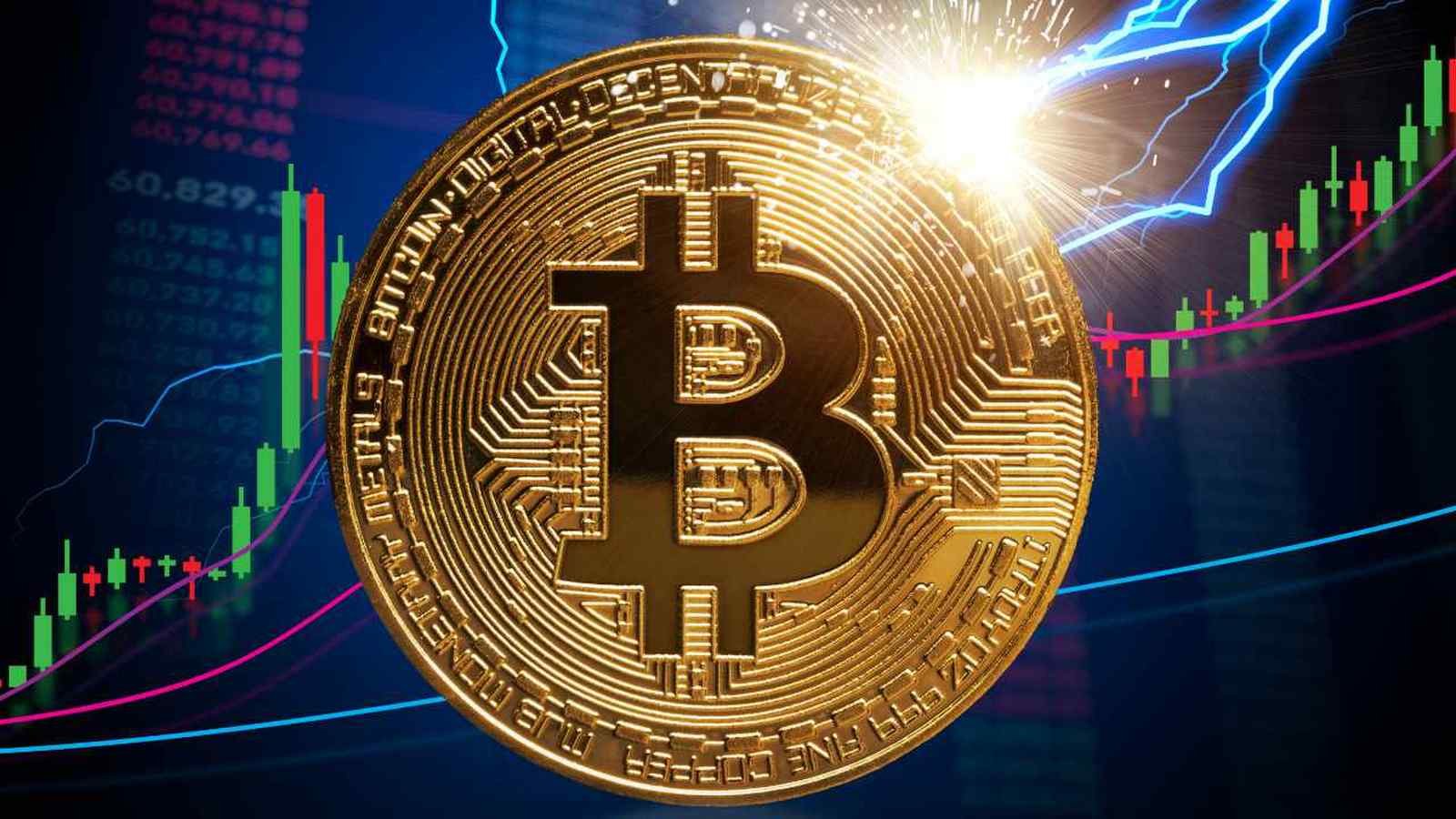Quick Read
- Binance faced system failures during a historic $20B crypto market liquidation in October 2025.
- Indian authorities are investigating over 400 Binance traders for alleged crypto tax evasion.
- Binance has pledged to compensate users for verified technical losses, but not for market-driven losses.
- Decentralized exchanges like Uniswap and Aave remained stable during the crash, unlike centralized platforms.
Why Binance Remains a Top Choice for Buying Bitcoin
For millions of traders worldwide, Binance is synonymous with Bitcoin trading. Its liquidity, global reach, and user-friendly platform have long made it the go-to exchange for newcomers and veterans alike. But October 2025 has put Binance under an unprecedented spotlight: a cascade of market events, regulatory investigations, and technical disruptions have tested the trust of its user base as never before.
When you set out to buy Bitcoin on Binance, the process itself remains straightforward—create an account, verify your identity, deposit funds, and place an order. Yet, the context in which this takes place has shifted dramatically. The recent market crash, sparked by a geopolitical shock and compounded by system failures, shows that ease of access is only part of the story. Traders are now more alert to risks lurking beneath the surface.
Market Turmoil: What Happened in October 2025?
It started with a headline few expected: US President Donald Trump’s announcement of a 100% tariff on Chinese imports. Within minutes, panic swept across global equities and digital assets. Crypto exchanges—including Binance—were flooded with sell orders. More than $20 billion vanished in forced liquidations, as reported by BeInCrypto and Cryptonews. Bitcoin itself plummeted from a record $125,000 to below $105,000 before stabilizing around $112,000.
Amid this chaos, Binance users encountered system glitches. Dashboards froze, stop-losses failed, and thousands reported being unable to trade or withdraw funds during the most critical moments. The experience left a bitter taste for many—especially those whose positions were wiped out by automated liquidations, triggered when collateral assets lost their pegs.
Binance co-founder Yi He addressed the issue publicly, promising compensation for verified losses caused by technical failures, but clarifying that market-driven losses would not be covered. The exchange also committed to reinforcing its infrastructure to better withstand future surges in trading activity.
Regulatory Pressure and Legal Challenges
As traders digested the fallout from the crash, another story emerged: India’s tax authorities announced a sweeping probe into more than 400 high-net-worth Binance users, suspecting large-scale crypto tax evasion. According to The Economic Times and Cryptonews, the investigation spans activity from 2022 to 2025, focusing on both direct trades and peer-to-peer transactions. India’s crypto tax burden—reaching up to 42.7% for top earners—has made compliance a central concern for anyone trading on Binance in the region.
Binance itself faced bans and fines before re-entering the Indian market, now operating as a registered reporting entity. Authorities leveraged this status to trace previously hidden assets and transactions. The probe highlights a broader trend: governments worldwide are tightening oversight of crypto exchanges, raising the stakes for buyers and sellers alike.
How to Buy Bitcoin on Binance: What You Need to Know Now
Despite the turbulence, Binance remains one of the most accessible platforms for buying Bitcoin. Here’s what the process looks like in October 2025:
- Account Creation and Verification: New users must complete KYC (Know Your Customer) procedures, including ID verification. Regulatory demands mean more scrutiny, especially for high-value accounts.
- Deposit Options: Binance supports fiat deposits (bank transfer, credit card) and crypto transfers. Peer-to-peer (P2P) methods are still popular, but users should be aware of changing compliance requirements—especially in countries like India.
- Placing Orders: Users can buy Bitcoin via market, limit, or stop-limit orders. It’s crucial to double-check order execution during periods of high volatility, as system delays have been reported.
- Security Measures: Two-factor authentication, withdrawal whitelists, and anti-phishing codes are recommended to safeguard accounts, particularly when exchange stability is in question.
- Tax and Compliance: Traders should keep detailed records and consult local regulations, as authorities are increasingly able to trace transactions on major exchanges.
What’s different now is the level of due diligence required. The crash exposed vulnerabilities in exchange infrastructure and underscored the need for users to verify transactions, monitor system status, and stay informed about regulatory developments.
Alternatives and the Future of Bitcoin Buying
The October crash revealed a surprising resilience in decentralized finance (DeFi) platforms. While Binance and other centralized exchanges struggled, protocols like Uniswap and Aave handled record volumes with minimal disruption. This contrast has led some traders to explore DeFi as an alternative for buying Bitcoin, though the process is more complex and often less beginner-friendly.
Yet, for most, Binance’s blend of liquidity, features, and global reach remains unmatched. The exchange continues to innovate—expanding staking options, integrating NFTs, and burning tokens to support its native coin, BNB. Despite regulatory hurdles and technical mishaps, Binance’s role in the crypto ecosystem is secure, at least for now.
Looking ahead, the market’s recovery will depend on several factors: the resolution of ongoing probes, improvements in exchange transparency, and the ability of platforms to withstand future shocks. For those buying Bitcoin on Binance, the lesson is clear: opportunity and risk are inseparable, and vigilance is the new norm.
Buyer’s Checklist: Navigating Binance in 2025
- Monitor exchange announcements, especially regarding system upgrades and compensation policies.
- Use secure deposit methods and avoid large trades during periods of market stress.
- Stay informed about local tax laws and regulatory changes—compliance is no longer optional.
- Consider diversifying between centralized and decentralized platforms to manage risk.
- Keep records of all trades, deposits, and withdrawals for audit and reporting purposes.
Recent events are a reminder: buying Bitcoin is more than just clicking a button. It’s about understanding the forces shaping the market—technical, legal, and human. The choices you make today, from platform selection to trade timing, could define your experience for years to come.
Assessment: The October 2025 market crash and regulatory scrutiny have fundamentally altered the landscape for buying Bitcoin on Binance. While the platform retains its dominant position, users must now navigate a more complex web of risks—technical, legal, and operational. The future of Bitcoin buying hinges not just on exchange reliability, but on the ability of traders to adapt to evolving conditions and protect their interests in a rapidly changing environment.










